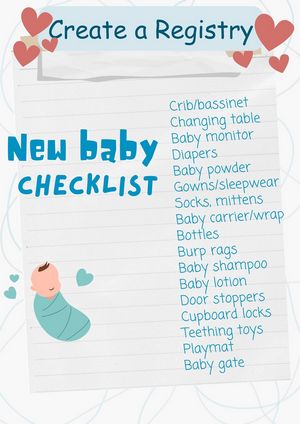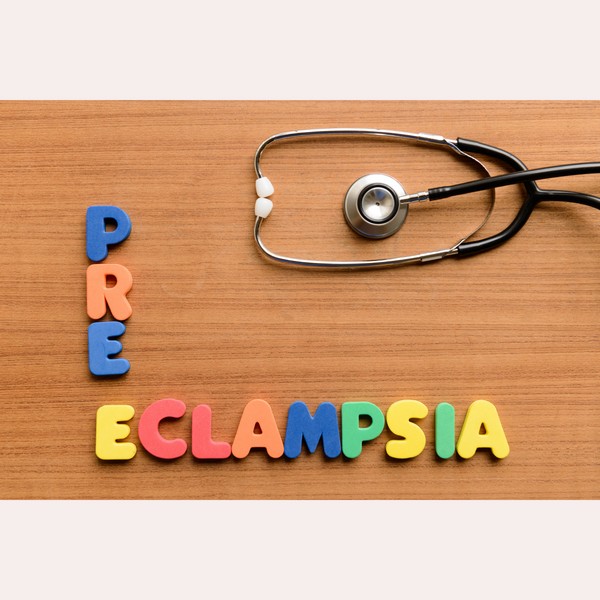Key Takeaways
- Natural childbirth focuses on managing labor without medical interventions.
- Breathing techniques help alleviate pain and keep the body relaxed.
- Movement, positioning, and hydrotherapy are effective natural pain relief options.
- Visualization and mindfulness can keep you calm and focused during labor.
- Continuous support from a partner or doula enhances the natural birth experience.
Introduction
Natural childbirth emphasizes managing pain through non-medical methods, allowing the body to work with labor naturally.
Many women choose this approach to avoid medications, experience a more “connected” labor, or limit medical interventions.
Natural techniques, such as controlled breathing, movement, and mental focus, can help reduce discomfort and keep you calm during contractions.
Breathing Techniques for Pain Management

Slow, Deep Breathing
During early labor, slow, deep breaths help your body relax. Inhale through your nose, and exhale slowly through your mouth.
This technique reduces tension and keeps you calm as contractions build.
Patterned Breathing
As labor intensifies, a more structured breathing pattern, such as “inhale deeply, then two short exhalations,” can help manage pain.
Focusing on your breath gives you something to concentrate on besides the discomfort. Practicing this rhythm before labor helps you feel more prepared when contractions get stronger.
Panting Breaths During Transition
In the transition phase, short, shallow breaths (panting) can prevent premature pushing. This technique keeps your muscles relaxed and prepares your body for the pushing stage.
Movement and Positioning

Changing Positions to Reduce Pain
Laboring in different positions can make contractions more manageable. Squatting, sitting on a birthing ball, or leaning forward on hands and knees can reduce back pressure and help the baby move down the birth canal more easily.
Walking and Swaying
Movement, such as slow walking or swaying, can encourage labor progression and distract you from pain. Upright positions also use gravity to help the baby descend, potentially shortening labor.
Water Therapy (Hydrotherapy)
Warm Water for Comfort
Warm water can be an effective pain relief method during labor. Soaking in a birthing tub or taking a warm shower can help relax muscles, ease tension, and make contractions feel less intense.
Many women report that water therapy makes them feel weightless and helps reduce the pressure of labor.
Water Birth
Some women choose water birth as a natural childbirth option. Laboring or delivering in water can provide a calming, soothing environment for both the mother and baby.
Mental Techniques for Pain Management

Visualization
Visualizing positive images, like waves or a calm beach, can help you stay focused and calm during contractions.
Imagine each contraction bringing you closer to meeting your baby. This technique helps shift your mindset and reduces the perception of pain.
Mindfulness and Meditation
Mindfulness encourages you to stay in the moment and focus on each breath or contraction as it happens.
Meditation, practiced regularly during pregnancy, helps you tap into your inner calm and control your emotional response to labor pain.
Continuous Support

Role of a Doula or Birth Partner
Having a trusted person with you during labor, like a partner or doula, provides both physical and emotional support.
They can remind you to breathe, guide you through relaxation techniques, and offer encouragement.
Continuous support is linked to shorter labor, reduced need for pain relief, and more positive birth experiences.
Partner Assistance
Your partner can help with massage, applying counterpressure to your lower back during contractions, or offering water and snacks to keep you hydrated and comfortable.
They can also help communicate your needs to the medical team.
Conclusion
Natural childbirth is a powerful, personal choice for many women, offering the opportunity to manage labor through non-medical techniques. Breathing exercises, movement, water therapy, and visualization all help alleviate pain while promoting relaxation. With the support of a partner or doula, natural childbirth can be an empowering and positive experience.
FAQs
What is natural childbirth?
Natural childbirth is labor and delivery without medical interventions such as pain relief medication. Instead, pain is managed with techniques like breathing, movement, and relaxation.
Can I use natural childbirth techniques with an epidural?
Yes, even if you choose medical pain relief, techniques like breathing, relaxation, and movement can still help you stay calm and focused during labor.
How does water therapy help with labor pain?
Warm water helps muscles relax, reduces the intensity of contractions, and can make you feel weightless, reducing the overall pressure on your body.
How can my partner support me during natural childbirth?
Your partner can help by offering physical comfort, reminding you of your breathing techniques, and providing emotional encouragement.
Is natural childbirth safe for everyone?
Natural childbirth is generally safe for low-risk pregnancies. Always discuss your birth plan with your healthcare provider to ensure it’s a safe option for you.

9 Vital Travel Tips for Pregnant Women
Key Takeaways Consult Your Doctor: Always discuss travel plans with your healthcare provider to ensure safety throughout your pregnancy. Pack Smart: Essential items for pregnant…
Birth Plan Guide: Planning Your Birth Experience
Key Takeaways A birth plan outlines your preferences for labor, delivery, and postpartum care. It helps communicate your wishes to your healthcare team. Flexibility is…
Postpartum Recovery: What Happens After Childbirth
Key Takeaways Postpartum recovery can take weeks or months depending on the type of birth. Physical recovery includes managing pain, bleeding, and any tearing or…
Childbirth Preparation: Steps for a Smooth Delivery
Key Takeaways Having a solid support system can ease the physical and emotional challenges of labor. Proper nutrition and regular exercise prepare your body for…
What is the Best Nutrition for Pregnancy?
Key Takeaways Eating wisely during pregnancy impacts maternal and fetal health. Prioritize foods with a high bioavailability of nutrients. Essential fatty acids support brain and…
Gestational Diabetes Management: Expert Tips for Success
Key Highlights Gestational diabetes, marked by glucose intolerance during pregnancy, requires careful blood sugar control. A healthy pregnancy with gestational diabetes includes regular exercise, a…
Pre-Eclampsia: Causes, Symptoms, and Treatment
Key Takeaways Pre-eclampsia involves high blood pressure and organ damage after 20 weeks of pregnancy. Early diagnosis through regular prenatal care is vital for managing…
Breast Milk or Formula: Which Is Healthier for Your Baby?
Key Highlights Breast milk is ideal for infants, offering essential nutrients, cognitive development support, and immune strengthening. Breastfeeding benefits both baby and mother, reducing the…







